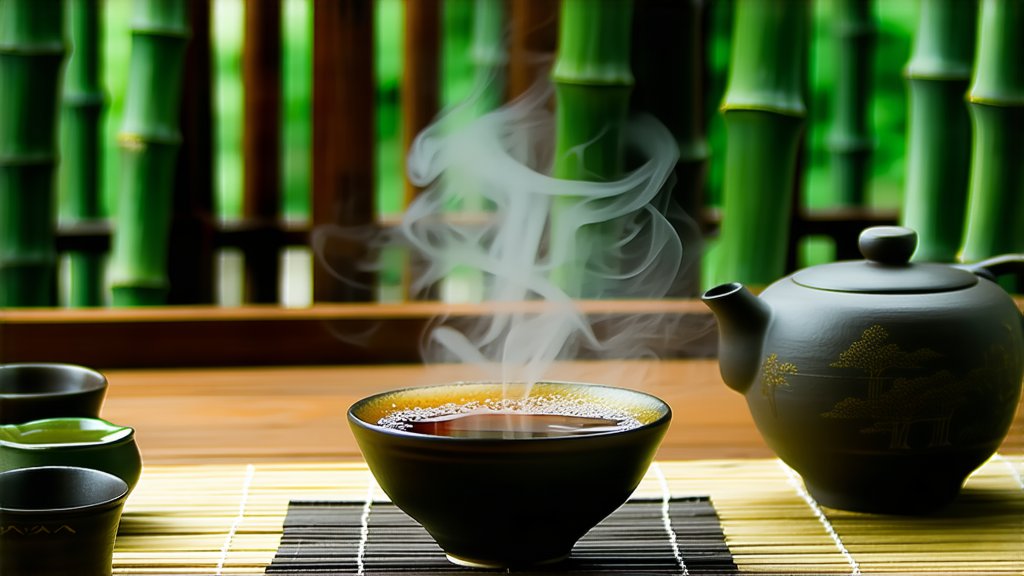
Introduction to Keemun Black Tea
Keemun Black Tea, also known as Qimen Black Tea, is one of the most revered and historically significant varieties within the vast spectrum of Chinese tea. Originating from Qimen County in Anhui Province, this tea has captivated tea enthusiasts worldwide with its distinctive flavor profile and rich cultural heritage. In this comprehensive exploration, we delve into the history, varieties, production process, and the art of appreciating Keemun Black Tea.
Historical Background
The origins of Keemun Black Tea date back to the Tang Dynasty (618-907 AD), but it gained prominence during the Ming Dynasty (1368-1644 AD). It was named after Qimen County, where it was first produced in large quantities. By the 19th century, Keemun had become one of the most popular black teas in Europe, often blended with other teas to create iconic blends like English Breakfast and Earl Grey. Its international fame solidified its place in global tea culture, making it a symbol of both Chinese tea craftsmanship and the historical ties between China and the West.
Varieties of Keemun Black Tea
Keemun Black Tea is not a monolithic category; rather, it encompasses several distinct varieties, each with unique characteristics. These include:
- Huangshan Maofeng (Yellow Mountain Fur Peak): This variety is known for its slightly twisted leaves and golden tips, giving it a rich aroma and smooth taste.
- Xiangke No. 1: A high-quality strain developed in the early 20th century, Xiangke No. 1 is prized for its robust flavor and bright color.
- Qiyun Hao: Another premium variety, Qiyun Hao is celebrated for its delicate fragrance and intricate flavor notes.
Each variety offers a different experience, reflecting the diversity and complexity that Keemun Black Tea embodies.
Production Process
The meticulous production process of Keemun Black Tea is a testament to the skill and dedication of Chinese tea artisans. Here’s an overview of the key steps involved:
- Withering: Freshly harvested tea leaves are spread out in thin layers to wilt under controlled conditions. This step reduces moisture content and initiates chemical changes that contribute to the tea's flavor and aroma.
- Rolling: The withered leaves are then rolled using traditional methods or modern machinery. Rolling helps release enzymes and further breaks down cell walls, aiding in fermentation.
- Fermentation: Unlike green tea, black tea undergoes full oxidation. The rolled leaves are left to ferment, turning their color from green to dark brown and developing complex flavors.
- Drying: Finally, the fermented leaves are dried to halt the oxidation process and reduce moisture content. This step ensures the tea’s longevity and stability.
- Sorting and Grading: The dried tea is sorted by size and quality, ensuring consistency and meeting specific market standards.
Appreciating Keemun Black Tea
To truly appreciate Keemun Black Tea, one must engage in the traditional Chinese tea ceremony, which emphasizes mindfulness and respect for the tea. Here’s a step-by-step guide to savoring this exquisite tea:
- Preparation: Use a Yixing clay teapot or a glass vessel to brew your Keemun Black Tea. Ensure all utensils are clean and free of any residues that might alter the tea’s flavor.
- Water Quality: Use fresh, filtered water at a temperature of around 90-95°C (194-203°F). Water quality significantly impacts the taste of the tea.
- Leaf Measurement: Typically, use about 3 grams of tea per 150 ml of water. Adjust according to personal preference for stronger or milder flavors.
- Steeping: Pour hot water over the tea leaves and let it steep for 2-3 minutes for the first infusion. Subsequent infusions can be steeped longer, typically up to 5 minutes each.
- Aroma and Taste: Before sipping, take a moment to inhale the aroma. Notice the complex interplay of floral, fruity, and malty notes. When tasting, allow the tea to coat your palate fully before swallowing to appreciate its depth and nuances.
- Multiple Infusions: Keemun Black Tea can be steeped multiple times, with each infusion revealing different aspects of its flavor profile.
Conclusion
Keemun Black Tea represents more than just a beverage; it embodies centuries of tradition, craftsmanship, and cultural exchange. From its storied past to its meticulous production process, and finally to the art of its consumption, Keemun Black Tea offers a profound sensory experience that connects us with the rich tapestry of Chinese tea culture. For those seeking to deepen their appreciation of tea, exploring Keemun Black Tea is a journey well worth embarking upon.
Whether you are a seasoned tea connoisseur or a curious newcomer, Keemun Black Tea invites you to slow down, immerse yourself, and discover the timeless elegance of Chinese tea culture.